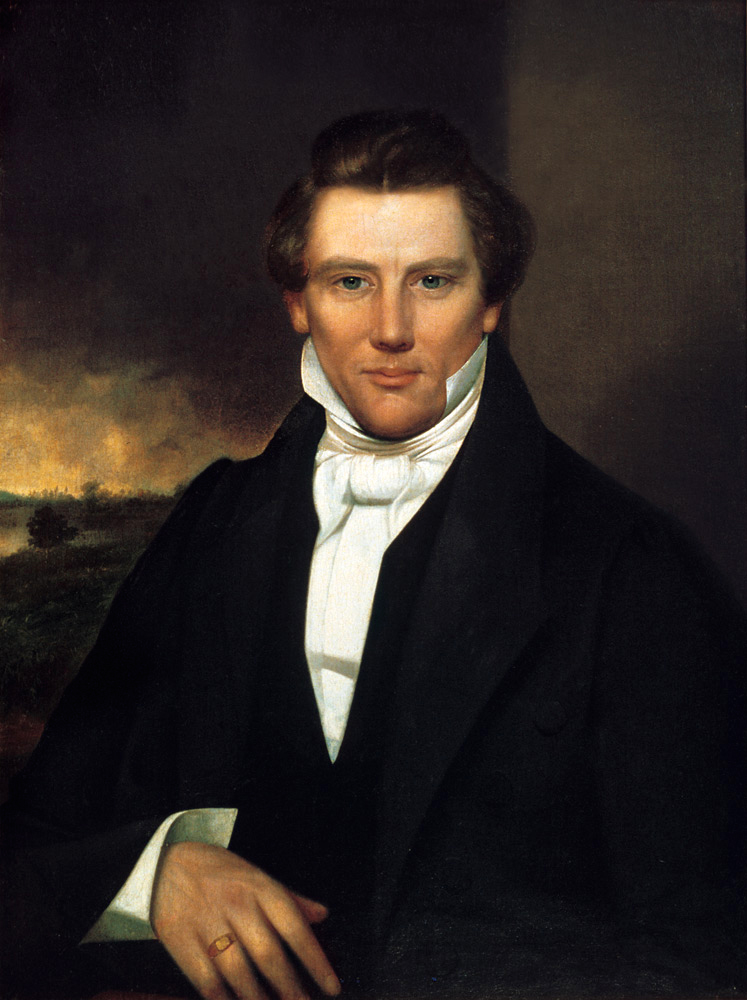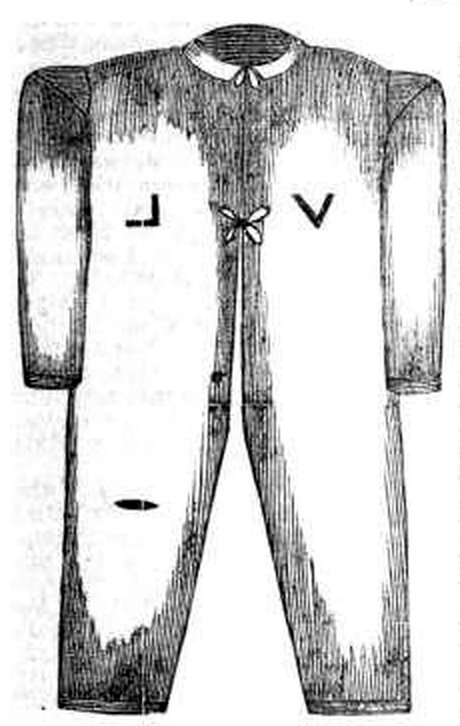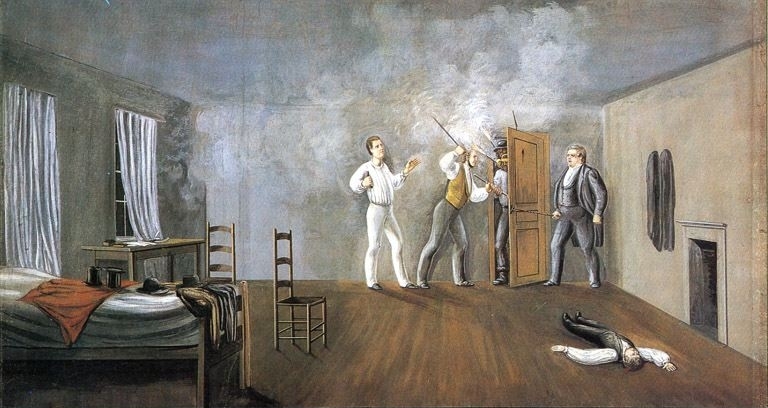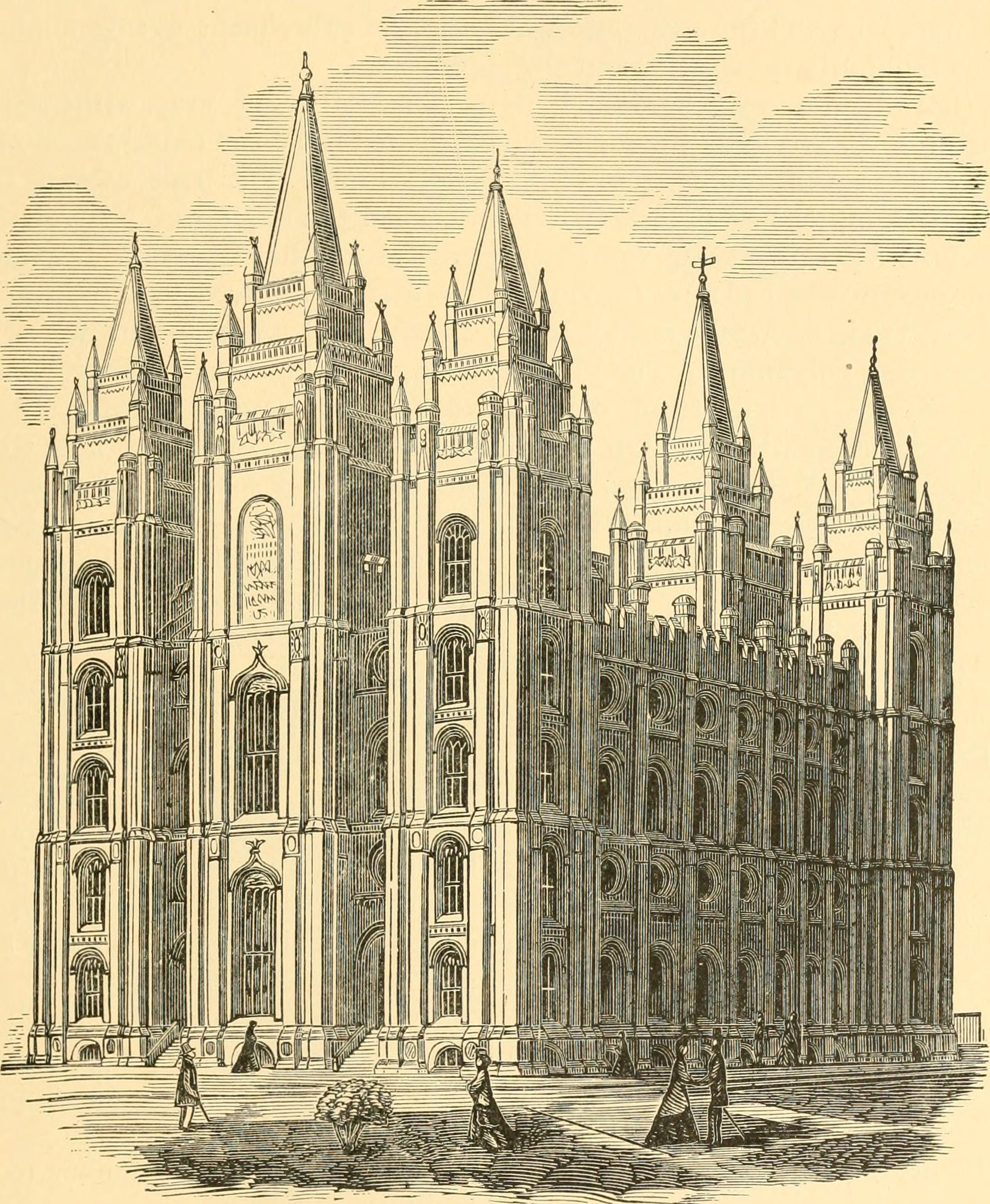
Masonic Stories
Mormonism and Freemasonry
Did the ancient craft of King Solomon inspire the structure and deeply occult teachings found within the scriptures of the Latter-day Saints?

The Church of Jesus Christ of Latter-Day Saints, better known as the Mormon Church, is one of the fastest-growing sects of Christianity today. With over 16 million members worldwide and over 65,000 missionaries dispatched across the globe as of 2018, the Church’s numbers and influence continue to grow. In the almost 200 years since its founding in 1830, the organization’s expansion advances, while other churches experience stagnation, schism, and decline in membership.
Did Freemasonry influence Mormonism? Did the ancient craft of King Solomon inspire the structure and deeply occult teachings found within the scriptures of the Latter-day Saints? What is the secret of their success? To explain this, one must look at the founder and first leader of a movement that would defy all odds – Brother Joseph Smith Jr.
The fascinating story of Mormonism and Freemasonry began with the upbringing of Joseph Smith. The Smith family were very close to one another, having strong ties of love and loyalty. Freemasonry formed an integral part of the family’s cohesiveness, as both Smith’s father and older brother were Freemasons.
The story of Joseph Smith’s involvement began in 1840 when he led the persecuted Mormons from New York to Territorial Illinois and established the city of Nauvoo. They believed at the time that they were building the Kingdom of Heaven on Earth: Zion. Many of these Mormon settlers were already Freemasons, and they, wishing to continue their Masonic careers, contacted nearby Masonic Lodges to obtain a charter.
A Lodge in Columbus recommended them to the Grand Lodge of Illinois, who on October 15th, 1841, issued a dispensation for a Lodge to be formed in Nauvoo. On March 15th, 1842, the new Lodge was Consecrated and the Officers Installed by the Grand Master of the Grand Lodge of Illinois, Brother Abraham Jonas.
That same day, Joseph Smith and other leading figures in Mormonism, were Initiated into Freemasonry as Entered Apprentices. The next day the Grand Master Raised Smith to the Sublime Degree of Master Mason “on sight”. This is a rare example of a Grand Master’s privilege to grant a degree without all the formalities, a high honor to be granted to one so new to the Craft. Thus, the link between Mormonism and Freemasonry had been forged.
Six weeks later, on May 4th, 1842 Joseph Smith presented the Nauvoo Endowment Ceremony – the Mormon equivalent of Masonic Initiation. This sacred and secret ritual, which would forever differentiate Mormonism from the rest of Christianity, bore striking resemblances to the Masonic rituals that Smith had recently received. The handshakes, passwords, penalties, and the structure of the ceremonies were so similar that it’s hard to argue they weren’t influenced by the Masonic ritual Smith had just experienced six week prior. Of the fifty people Smith would endow before his death in 1844, many were Freemasons, who no doubt would have understood the significance of the ritual. This special group of Mormon Initiates were called the Anointed Quorum and formed an inner circle within the Church.
Benjamin F. Johnson, the personal secretary of Joseph Smith recalled that “[He] told me Freemasonry, as at present, was the apostate endowments, as sectarian religion was the apostate religion.” Today, many Latter-day Saints believe the Endowment ceremony is similar to Freemasonry because both originated from the same source: King Solomon’s Temple. Others believe that Freemasonry is a “degenerate” form of the true Rites of the ancient biblical Patriarchs.
Most Historians believe that the Endowment Ceremony established in Nauvoo was inspired by the rituals of Freemasonry. One Mormon writer characterized the opening part of the Temple Ceremonies as “…the Masonic sacred drama of the Fall of Man.”

There are great number of similarities between Freemasonry and Mormonism. Not only does the Temple Endowment Ceremony make use of ritualistic aprons, Latter-day Saints recite lines that are almost verbatim from Masonic Ritual. The special temple garments of the Church are covered in Masonic Symbols like the Square and Compasses. In fact, within the temple there was a veil that was embroidered with Squares and Compasses through which members had to pass. The use of the Altar and Obligation and of Words and Signs all point to the intimate connection between the Craft and the Church. Some of this has changed over time as the Church has removed controversial elements from their ritual with major changes being made in the early 1920s and again in the 1990s.
The story of Masonry’s influence continued when Brother John C. Bennett was excommunicated from the Mormon Church for adultery. He had been the Secretary of the Nauvoo Lodge, and he took several pages of the minutes with him, exposing irregularities in operations of Nauvoo Lodge, and the five other Mormon Lodges in the city. They were Initiating, Passing, and Raising candidates without testing competency, and engaging in the mass balloting of candidates.
When this information came to the attention of the Grand Lodge of Illinois on August 11th, 1842, they suspended Nauvoo Lodge’s charter. The Lodge still operated clandestinely, and the Mormons of Nauvoo continued to form new Lodges. In 1844 the Grand Lodge of Illinois formally ordered them to cease all Masonic activities. Nevertheless, they continued to meet without a proper charter. But the relationship of Freemasonry and Mormonism did not end there.
Some years later, when Joseph Smith was martyred in Carthage, Illinois, Freemasonry was once more invoked. On June 7th, 1844, after an anti-Mormon pamphlet was published in Nauvoo criticizing Smith and the religious ideas he was promoting, Smith agreed to have the Nauvoo Legion, a paramilitary Mormon force, destroy the printing press.
This set off the anti-Mormon backlash Joseph Smith was hoping to avoid, and martial law was declared in Nauvoo. Fearing the nearby militarized Mormons, the county seat of Carthage called out its militia, and the governor threatened to call out the state militia if Smith and his brother Hyrum refused to surrender themselves.
The Brothers eventually surrendered themselves to the authorities and were imprisoned in the Carthage jail. The initial charges of inciting a riot grew to include treason and disrupting the free press. Before any trial could be held, a mob gathered outside the jail demanding Smith’s life.

The mob burst into the jail and killed Joseph’s brother Hyrum instantly. Finding all exits blocked, Joseph Smith attempted to leap out the window to safety, shouting “Oh Lord, my God -” his words being cut off by several bullets in his chest. Many believe that Smith was calling out a Masonic distress code in order to save his life. Even at the hour of his death Smith’s final thoughts were of Freemasonry.
With the death of Joseph Smith, Brigham Young took command of the Church after a small fight with a group of Mormon followers that believed Smith’s succession should fall to the late Prophet’s son. Brigham Young, who was also a Mason, initially allowed the continued practice of Freemasonry among the Mormon congregation. However, as the Endowment Ritual became more and more integrated into the Mormon faith, Young disbanded the Mormon Masonic Lodges in Nauvoo.
In 1846, Brigham Young decided, in order to avoid repeated persecutions of the Church in the Illinois territories, to transport his followers to the unsettled Utah territory. 70,000 Mormons participated in the initial migration, founding their new western paradise on the shores of the Great Salt Lake.

After the immense migration, Brother Young established Mormon control over territorial Utah. He ordered the building of Mormon Temples, schools, and communities, continuing Smith’s work of organizing the Church into what would be referred to as the United Order of Enoch.
During this time, Young discouraged his members from becoming Freemasons. His reasons for the decision being left up to speculation. Freemasonry nonetheless slowly worked its way into Utah, and in 1872, the Grand Lodge of Utah was formed, five years before Brigham Young’s death.
After Brigham Young died, tensions between Freemasonry and the Church remained high; on the one hand, the Church forbade members from becoming Freemasons, and on the other, the Grand Lodge of Utah forbade Mormons from being Initiated in 1925. The ban was finally lifted in 1984.
Today, a walk around the beautiful grounds of Temple Square in Salt Lake City reveals the influence of Freemasonry upon this American Religion with the symbols of the Craft scattered throughout the buildings – a reminder of Masonry’s significance to the founding of the Church of Jesus Christ of Latter-Day Saints.
